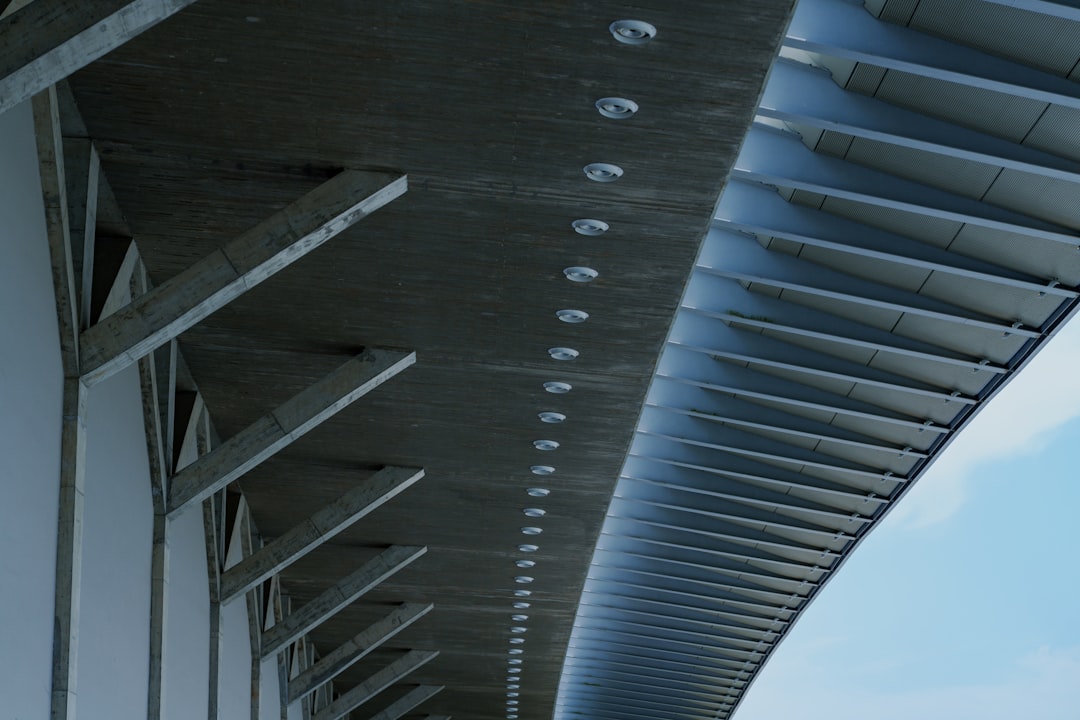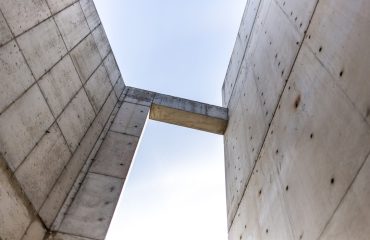Prefabricated steel structures are revolutionizing the construction industry, offering a faster, more efficient, and cost-effective alternative to traditional building methods. From towering warehouses to sleek modern homes, these structures are proving their versatility and strength across a range of applications. This comprehensive guide will delve into the world of prefabricated steel, exploring its advantages, design process, applications, cost considerations, and future trends.
The Advantages of Prefabricated Steel Structures
Prefabricated steel structures boast numerous advantages over traditional construction methods. One of the most significant is speed of construction. Because the components are manufactured off-site, the on-site construction time is dramatically reduced. This translates to faster project completion and quicker return on investment. Furthermore, steel’s inherent strength and durability ensures long-lasting structures that can withstand harsh weather conditions and seismic activity. Steel is also highly resistant to pests and fire, offering superior protection compared to wood or other materials. The precision engineering involved in prefabrication minimizes errors and waste, leading to a more efficient and sustainable building process. Finally, the ease of modification and expansion makes these structures adaptable to future needs.
The Design and Fabrication Process of Prefabricated Steel Structures
The design process begins with detailed architectural and engineering plans. These plans are then used to create precise 3D models, allowing for accurate component fabrication. The steel components, including beams, columns, and panels, are manufactured in a controlled factory environment, ensuring high quality and consistency. This process involves advanced technologies like Computer-Aided Design (CAD) and Computer-Aided Manufacturing (CAM) for precise cutting, welding, and assembly. Once fabricated, the components are transported to the construction site for assembly. The on-site assembly is typically faster and simpler due to the pre-engineered nature of the components, requiring less labor and expertise compared to traditional construction.
Diverse Applications of Prefabricated Steel Structures
Prefabricated steel structures find applications across a wide range of sectors. In the industrial sector, they are commonly used for warehouses, factories, and workshops. Their strength and large spans make them ideal for storing heavy materials and housing large machinery. In the commercial sector, they are utilized for retail spaces, office buildings, and shopping malls, offering flexibility and speed of construction. The residential sector is also seeing a growing adoption of prefabricated steel structures for homes and apartments, providing modern designs and energy-efficient options. Furthermore, they are used extensively in the agricultural sector for barns, silos, and greenhouses, offering durability and resistance to the elements. Finally, infrastructure projects such as bridges and overpasses also benefit from the speed and efficiency of prefabricated steel components.
Cost-Effectiveness of Prefabricated Steel Structures: A Detailed Analysis
While the initial material costs might seem higher compared to some traditional materials, the overall cost-effectiveness of prefabricated steel structures becomes apparent when considering the long-term benefits. Reduced labor costs due to faster construction, minimized waste, and lower transportation costs due to efficient component design contribute to significant savings. The durability and longevity of steel structures also reduce the need for frequent maintenance and repairs, further enhancing their cost-effectiveness. Moreover, the precision of prefabrication leads to less rework and fewer errors, minimizing project delays and cost overruns. However, it’s crucial to factor in transportation costs, especially for remote locations, and the potential need for specialized equipment for assembly.
Future Trends in Prefabricated Steel Structures
The future of prefabricated steel structures is bright, driven by technological advancements and growing demand for sustainable and efficient construction methods. Modular construction, where entire building modules are prefabricated and assembled on-site, is gaining traction, allowing for even faster construction and greater design flexibility. The integration of smart technologies, such as sensors and IoT devices, is transforming these structures into smart buildings, enhancing energy efficiency and occupant comfort. Sustainable practices are also becoming increasingly important, with the use of recycled steel and innovative design solutions to minimize environmental impact. Furthermore, advancements in 3D printing technology hold the potential to revolutionize steel fabrication, allowing for the creation of complex and customized structures with unprecedented speed and precision.
In conclusion, prefabricated steel structures represent a significant advancement in the construction industry, offering a compelling combination of speed, efficiency, durability, and cost-effectiveness. As technology continues to evolve, these structures are poised to play an even greater role in shaping the built environment of the future.




